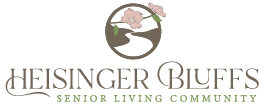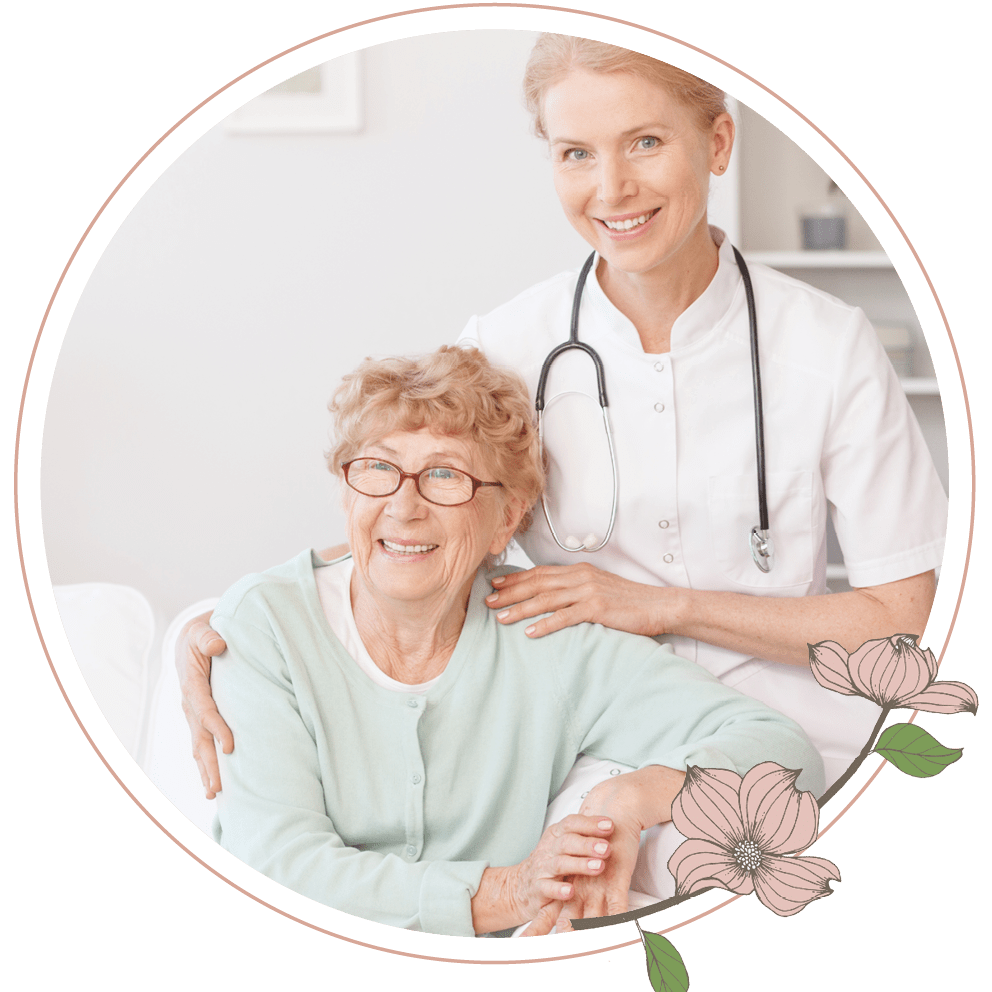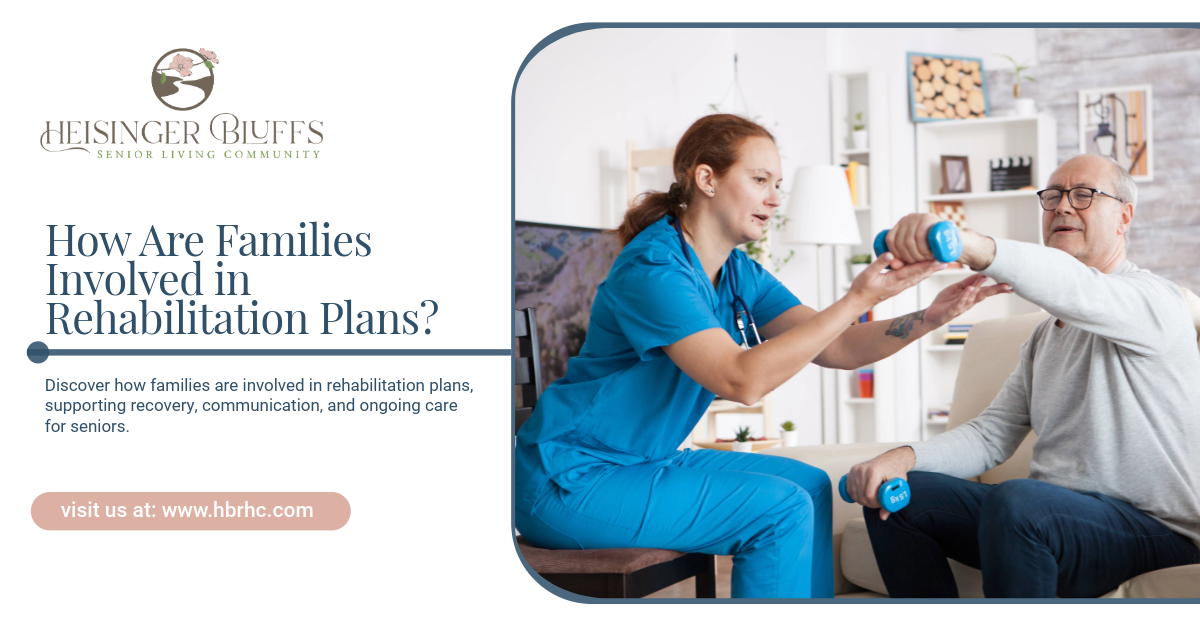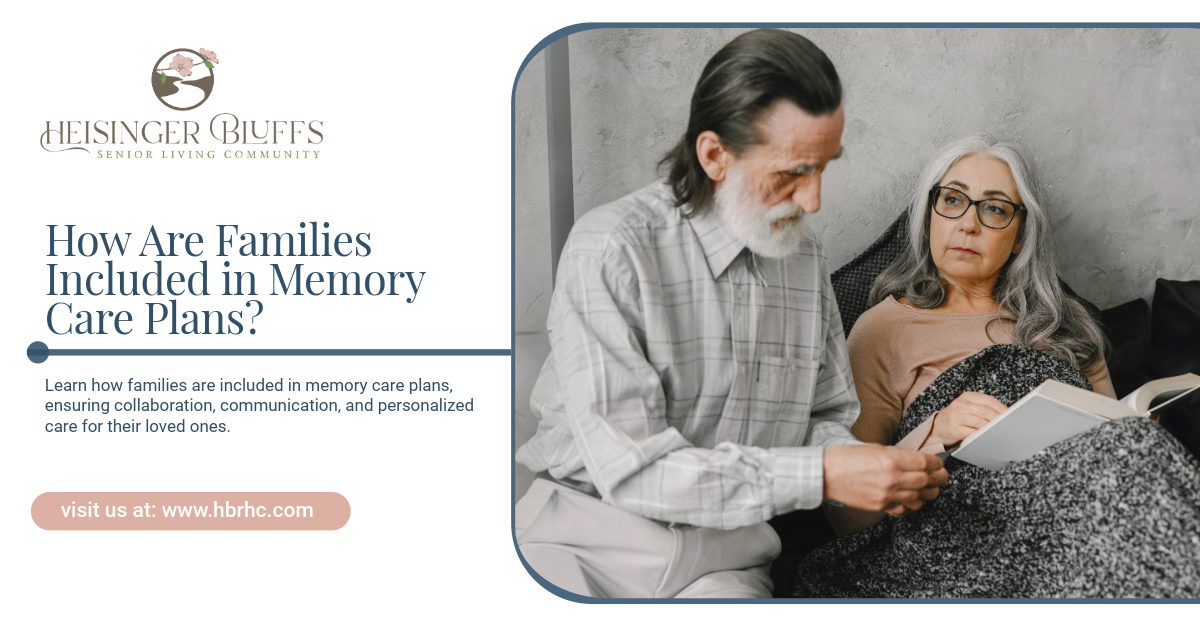Why Moving to Independent Living Early Can Extend Quality of Life
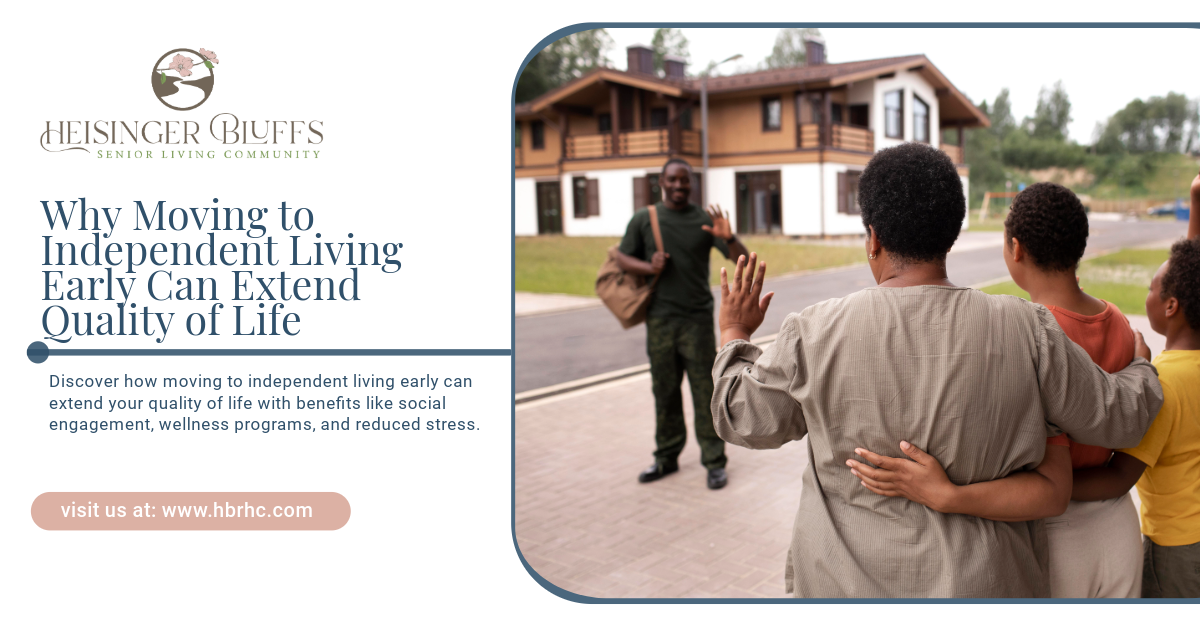
Early Move to Independent Living: Extend Your Quality of Life
As we age, making proactive decisions about our living arrangements can significantly impact our quality of life. Independent living communities offer vibrant lifestyles, combining freedom with convenient support services. Moving to such a community early—before the need for extensive assistance arises—can lead to improved well-being, increased social interaction, and better overall health.
In this blog, we’ll explore the key benefits of moving to independent living early and how it can positively shape your future.
1. The Gift of Time and Choice
Relocating to independent living early allows you to make decisions on your terms, free from the pressures of an urgent situation.
- Avoiding rushed transitions: Moving while healthy provides the time to research communities, visit options, and choose one that aligns with your lifestyle.
- Customizing your experience: You'll have more flexibility to personalize your new living space and participate in activities you enjoy.
- Peace of mind: Knowing your future is secure reduces stress for you and your family.
2. Enhanced Social Opportunities
Social isolation is a common challenge for older adults, but independent living fosters connection and engagement.
- Community atmosphere: Daily interactions with peers create a sense of belonging.
- Events and activities: From game nights to group outings, there’s always something to participate in.
- Supportive friendships: Forming relationships with others who share similar life experiences can be deeply fulfilling.
3. Access to Wellness Programs
Many independent living communities prioritize wellness, offering resources to keep you physically and mentally fit.
- Fitness facilities: Gyms, swimming pools, and group exercise classes help maintain an active lifestyle.
- Health programs: Nutrition counseling, mindfulness workshops, and yoga sessions support overall well-being.
- Preventive care: On-site wellness check-ups and flu clinics promote proactive health management.
4. Freedom from Home Maintenance
Owning a home often means juggling endless maintenance tasks, which can become burdensome with age. Independent living communities remove this stress, offering:
- Maintenance-free living: No more worrying about repairs, landscaping, or housekeeping.
- More time for hobbies: With fewer responsibilities, you can focus on what truly brings you joy.
- Improved safety: On-site staff ensures quick responses to any issues that arise.
5. Opportunities for Personal Growth
Moving to an independent living community provides a chance to explore new interests and skills.
- Lifelong learning: Many communities partner with local colleges or host classes on topics like art, history, and technology.
- Creative outlets: Opportunities for painting, writing, or crafting can ignite your passions.
- Volunteer work: Engage in meaningful projects that allow you to give back to the community.
6. Improved Health Outcomes
Living in an environment designed to support older adults often leads to better physical and mental health.
- Balanced nutrition: Healthy, chef-prepared meals are often available, catering to dietary needs.
- Reduced fall risks: Accessible design features like grab bars and non-slip flooring minimize hazards.
- Less stress: Knowing help is available if needed promotes peace of mind.
7. Family Benefits
Your decision to move early benefits your family as well.
- Reduced caregiving burden: Your loved ones can focus on enjoying time with you rather than managing daily tasks.
- Confidence in your safety: Family members will appreciate knowing you’re in a secure, supportive environment.
- Easier transitions later: Early moves can prevent future crises, sparing your family from making rushed decisions.
8. Long-Term Financial Planning
Contrary to misconceptions, moving early can make financial sense.
- Predictable costs: Many communities offer all-inclusive pricing, helping you budget more effectively.
- Avoiding large repairs: Maintenance-free living eliminates unexpected home repair expenses.
- Value-added services: From transportation to entertainment, many amenities are already included.
Conclusion
Choosing to move to independent living early is a proactive step toward extending your quality of life. It allows you to enjoy a vibrant, stress-free lifestyle filled with social engagement, personal growth, and wellness opportunities. The earlier you make the transition, the more benefits you can enjoy.
At Heisinger Bluffs, we specialize in providing a welcoming, enriching environment for older adults. Contact us today to learn how we can support your journey toward a healthier, more fulfilling future.
Frequently Asked Questions
What is independent living?
Independent living is a senior living option designed for active older adults who want to maintain their independence while enjoying access to services like housekeeping, dining, and social activities.
When is the best time to move to an independent living community?
The best time to move is when you’re still healthy and active, so you can fully enjoy the community’s amenities and lifestyle offerings.
How does independent living differ from assisted living?
Independent living focuses on providing a maintenance-free lifestyle and social opportunities for active seniors, while assisted living includes additional support with daily tasks like bathing, dressing, and medication management.
